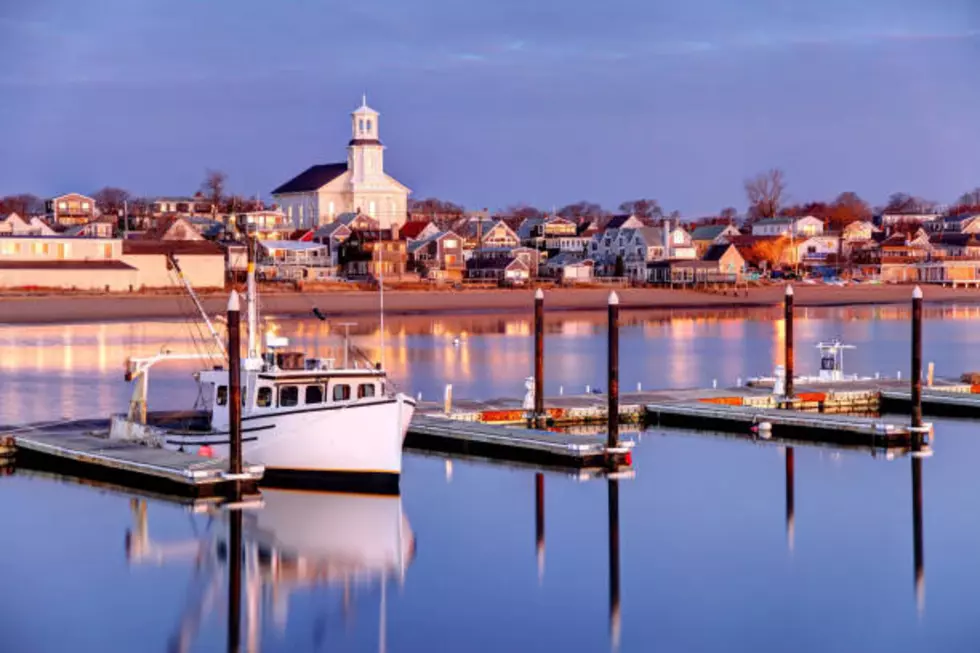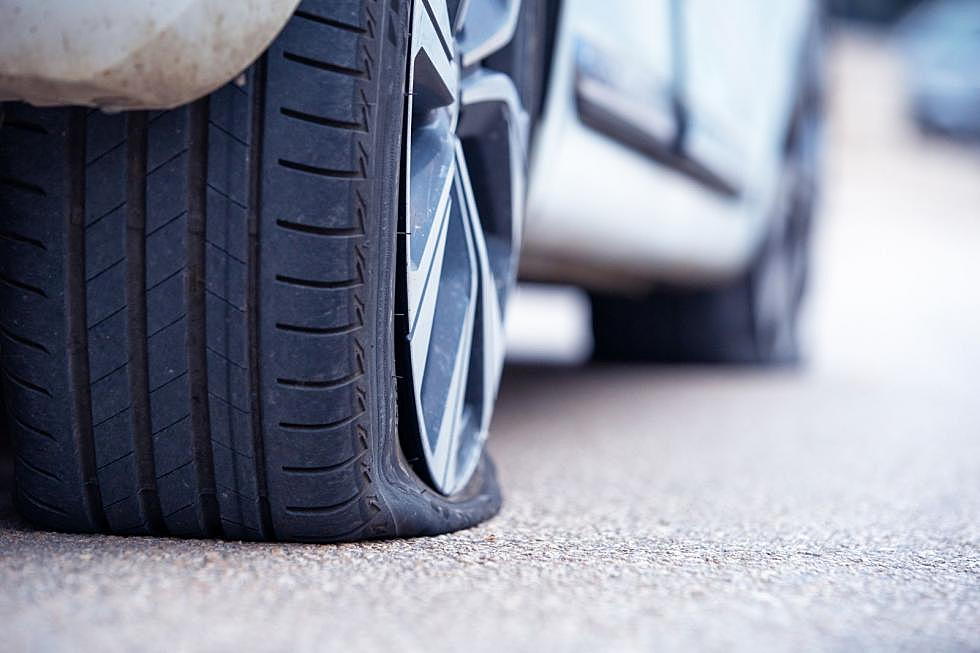
Listen Up, Berkshire County Men! Doing This Just Once A Day Increases Your Risk Of Going Bald
Here's some news that some men can certainly appreciate and it involves something that many of us do on a daily basis. According to results from a recent study, this particular thing that we do can be linked to male pattern baldness.

YahooNews reports that the journal Nutrients published the results of an interesting study on the first day of 2023 regarding a link between hair loss in men and drinking just one soda or other sugary beverage per day.
WOW, huh? The study was conducted by researchers from Tsinghua University in China who collected data from almost 2,000 men between the ages of 18 and 45 years old.
The participants of the study completed different surveys between January and April of last year. The surveys covered a variety of topics including diet, hair loss, and lifestyle. The research team then utilized certain quality control questions to exclude the study respondents who had health issues which brought the final group number to slightly higher than 1,025.
Now, here's the important part. The part you've been waiting for. According to an analysis of the data, men who said they drank one sugary beverage a day(whether it be soda, sweetened caffeinated beverages, or energy drinks) were almost 30% more likely to experience hair loss than those who had no sugary beverages.
The researchers seem to think that the effects of high sugar intake on the body could be the reason. Men who reported that they drank sugary beverages more than once a day were at an even higher risk for male pattern hair loss--42%!
Bottom line? Sugary drinks could lead to higher blood sugar levels which have been found to give rise to hair loss and potential baldness. You can read the study for yourself by visiting Yahoo's website here.
In the meantime, be careful what you reach for to quench your thirst after that high-intensity workout!
LOOK: See how much gasoline cost the year you started driving
LOOK: Here are the 50 best beach towns in America
LOOK: The most expensive weather and climate disasters in recent decades
Here are 50 of your favorite retail chains that no longer exist.
More From WBEC FM









